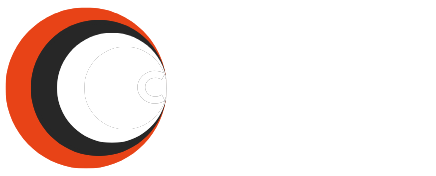The Do’s & Dont’s of measuring B2B Influencer Marketing Campaigns

The Do’s & Don’ts of measuring B2B Influencer Marketing
One question we often get asked when we’re talking to brands and agencies is how to measure influencer marketing activity. Here are some pro-tips and areas to think about based on our experience.
Reach vs. Engagement:
Influencer marketing takes place on social media platforms, but performance can’t be evaluated exactly the same way as you would do paid social or organic social posts. Some partnerships are great for maximising Reach and Views because the influencer has a huge following. Others may have only a couple thousand views but engagements can be in the dozens.
Work with influencers who you know have proven success in the metrics that matter to you. For example, don’t get too excited to work with an influencer with millions of followers if you’re expecting detailed comments from a niche professional audience. (More on how we define macro, micro and nano influencers in b2b here.
As a general rule, optimise to Reach or Engagement, or if you’re working with many influencers, identify who is best at driving different types of performance and set expectations before a campaign starts. If you’re interested in monitoring further down the funnel activity, you can also use UTM’s and click-tracking technologies similar to how you would in other digital channels.
Benchmark Activity:
Whether you’re running a first test or have influencer activity as always-on, you can benchmark activity by comparing it to these three areas: your organic and paid social posts, your competitive set, or an influencer’s previous content performance.
What we often see is that Engagements and post reactions are way up over paid and organic posts. This can not only demonstrate the value of using influencers, but is also useful when campaigns are new and you don’t have previous figures to compare to. For example, we have observed one influencer’s average LinkedIn post engagement rate of 13.5% as compared to 3% for an organic LinkedIn Post and just 1% for paid LinkedIn Ads.
You can also tie in the use of social listening tools to understand how your brand’s share of voice on a particular topic or from within a professional network compares to that of your competitive set. Last, don’t forget to ask an influencer how your activity or post compared to previous work they’ve done with others.
Know what can’t be automated:
As it is working with publishers or traditional media outlets, there are definitely data points and analytics that only influencers or creators can see and share with you.
There are many influencer marketing platforms selling the dream of automated campaigns and reporting, but the truth is that reporting can still be very manual – especially in b2b where platforms like LinkedIn have a closed API.Get familiar with which content platforms offer different types of creator analytics, or work with a partner who does! Then make sure to ask for those ‘Creator-only’ analytics as part of your terms of agreement.
Lastly, monitor post and content performance long after it’s originally posted. B2B content has a longer shelf life than B2C, and sometimes it can take weeks or even months before an influencer’s post can go viral.
Optimise:
Using influencers for content amplification or thought leadership content can be optimised just like any other marketing channel. It may be a more collaborative process than relying on reports from a biddable social media platform though!
Influencers can provide valuable feedback based on conversations they’ve had with their Followers or Subscribers, so strive for dialogue that is open and honest. Encourage partners to repost content a number of times with multiple angles to a/b test as well (but remember, each variation may come with a price tag!)
If you’re new to running programs you may also want to test out the same concept with a few influencers first to see what tone of voice, point or view or format resonates most with your target audience.
Finally, extend partnerships that are moving the needle for you. Similar to the consumer world, influencer marketing partnerships are best when they are long term (think: 3 months+). Seeing consistent, sponsored content from one person is much more effective and trustworthy than activating a dozen influencers on an ad hoc basis.
For any questions on platform-specific metrics or building custom campaign metrics, contact us today.





